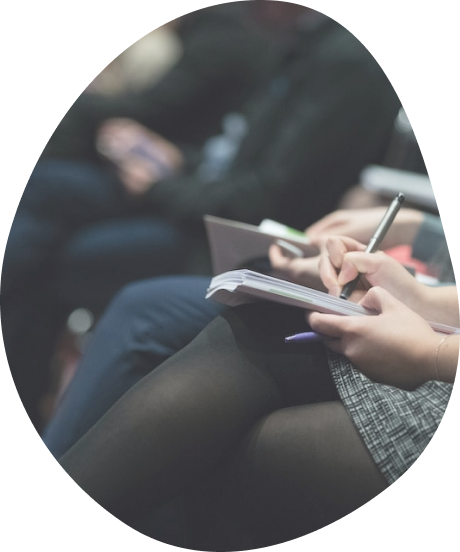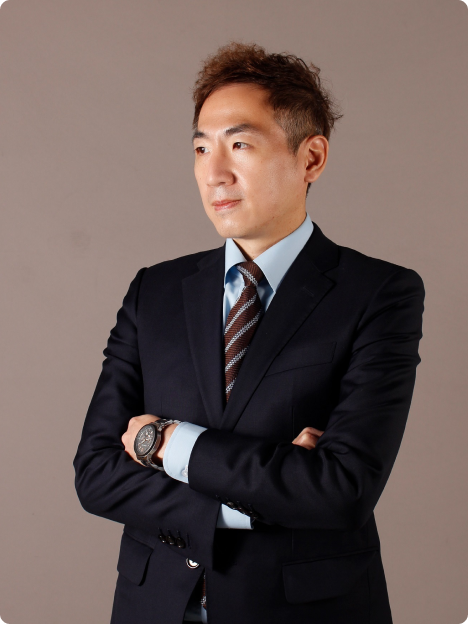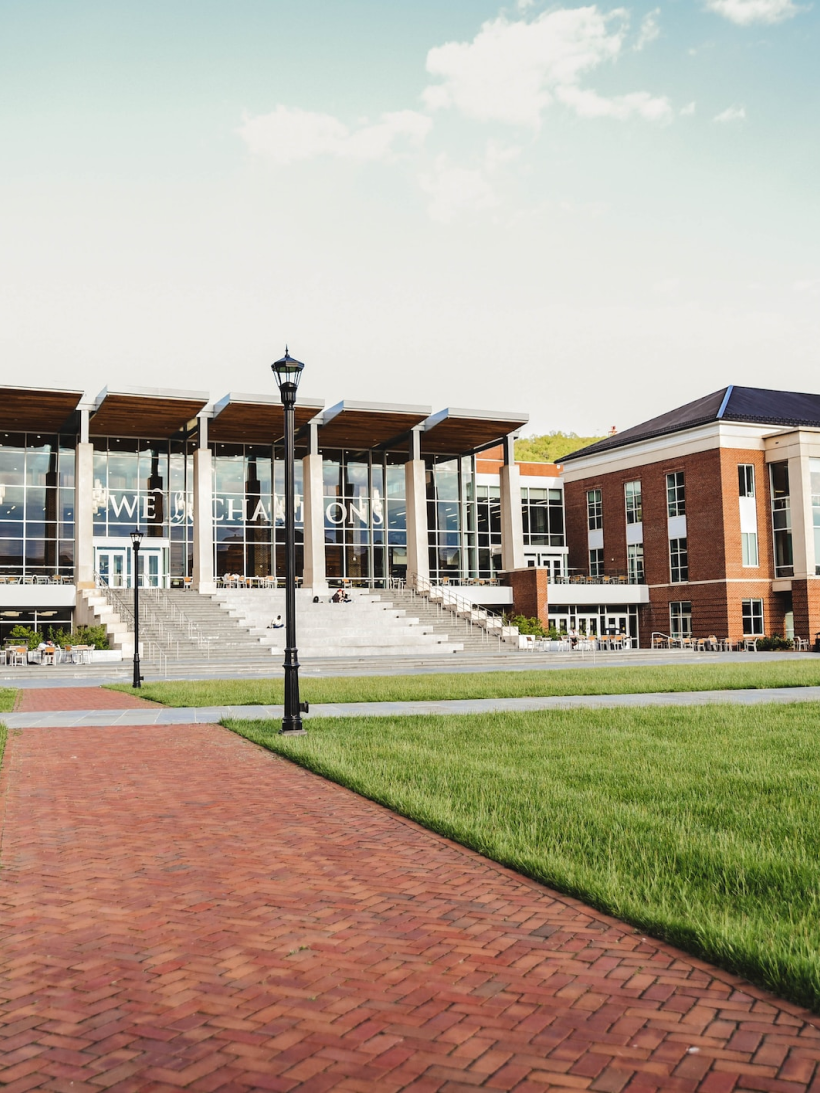In 1999, Ming Chuan University established the School of Communication, with a Communication Management Graduate Program (including work experience program), Journalism Department, Radio and Television Department, Advertising Department, and Digital Information Communication Department (renamed as Communication Management Department in the 2010 academic year), and the Mass Communication program for the Overseas Youth Vocational Training Class.
The School of Communication of Ming Chuan University was re-organized into four departments in 2014, namely Department of New Media and Communication Management, Department of Advertising and Strategic Marketing, Department of Journalism, and Department of Radio and Television.
The various undergraduate programs adopt cross-media and cross-specialty teamwork, carry out media digital convergence, and set up Focused Course Programs, so students can freely match courses and create personal expertise. This allows students to freely match professional courses according to their personal interests, as we cultivate professionals for the industry. Our departments cultivate theoretical and practical skills in journalism, radio, television, advertising, public relations, marketing, Internet media, media management and communication research and other related professions.
There is also a digital multimedia experimental platform, which is operated and converged by a transmedia function team. It has trained many professionals in the communication industry with both theoretical and practical skills. At present, all internship media have been fully digitalized. Through e-network, combining all media resources, a transmedia network platform has been established to match the new trends of the digital age.
The Undergraduate program of the School of Communication breaks with the traditional department-based teaching curriculum structure, allowing students to freely match professional courses according to their personal interests, create personal expertise, and cultivate professionals for the industry.
The curriculum design allows for a variety of choices, and students are encouraged to join overseas academic exchange programs, as well as participate in various seminars and academic activities, to reach our goal of teaching international perspective.





